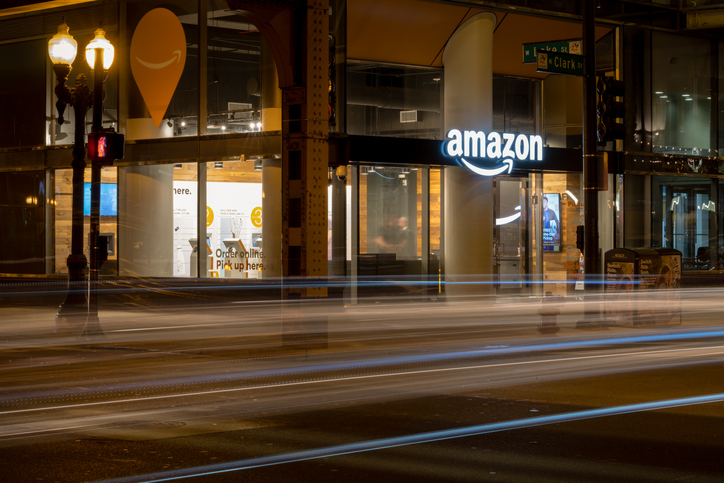The cookie has long been a tool for marketers to use to gather valuable information about their website visitors, enabling them not only to collect data about who they are but also to enable the creation of highly effective marketing campaigns. That is about to change.
The death of the cookie is approaching, with Google stating that it would phase out the use of third-party cookies on its widely popular Chrome browsers in 2022. Marketers now have a small additional amount of time to make some changes thanks to a recent update from Google that it will delay the death of 3rd party cookies until 2024.
Although that might seem like a lot of time, there’s no time like the present to start revamping your marketing strategy for when it inevitably happens.
Why Is Google Doing Away with the Cookie?
Cookies have been critical to marketing teams and have been a core component of many digital marketing ecosystems related to retargeting.
A survey by The Drum found mixed opinions on the use of cookies, with about 50% of individuals stating they accept all cookies and just 13% of consumers stating they understood what cookies are. Google’s plan to eliminate the third party cookie was in part due to growing consumer concern about privacy and advancing regulatory restrictions.
Regardless of why and when the elimination of third-party cookies is coming, the question remains: What will your business do without this easy access to consumer insights?
Once cookies are eliminated from Chrome, site retargeting becomes less effective. As Google notes, it’s no longer a good, long-term investment. The move by Google isn’t unexpected, thanks to the GDPR ruling in the European Union.
Adjusting Marketing Strategies Is Essential
Data provided to HubSpot from GetApp found that 41% of marketers believe the death of the cookie will result in their inability to track data properly, and many report they will need to increase their marketing budget to achieve their goals. There is no doubt that the eventual loss of retargeting will make it harder for brands to track user behavior for the purpose of marketing.
Before this happens, it is critical for brands to adjust their marketing strategy to ensure they can continue to draw in highly targeted, ready-to-buy customers.
Here are a few things marketers need to keep in mind.
First-party Cookies Are Still Viable
The use of first-party cookies will remain in place, allowing websites to track how visitors to their site interact with it. Marketers typically use this information to learn how to better connect with their audience. These cookies can also save user information, such as passwords and carts, allowing visitors to pick up where they left off. For basic website analytics, first-party cookies are still a useful tool.
Privacy Sandbox
Google’s replacement for third-party cookies is called Privacy Sandbox, a tool that blocks invasive tracking techniques. Instead, it uses more collaborative initiatives. This tool would allow all data to remain within the browser instead of in the hands of ad agencies. Google believes this would create a shift to help provide a way for consumers to control privacy but still allow for a way for them to receive personalized ads.
Federated Learning of Cohorts (FloC) is another term you’ll likely hear. Google states that this technology will collect data from users, organize it into groups, and then share that information with advertising companies. This allows Google to maintain control over the data. The jury is still out on just how beneficial and accessible this will be and how marketers could be impacted.
Regardless if your organization uses these tools or goes a different route, now is the time to start working on a plan to overcome those challenges.
Can Influencer Marketing Provide a Way for Brands to Stay Relevant, Seen, and Top-of-Mind During These Changes?
One highly viable alternative to display retargeting and site retargeting is the use of influencer marketing. Organizations are recognizing the value of investing in influencer marketing, and for good reason.
One of the core reasons for this is because, simply, it works. Business Insider Intelligence reports that the industry will be worth $15 billion by the end of 2022. The key here is that big business is investing for several core reasons:
- Influencer marketing aids in building trust and credibility in a product, service, or brand. If the influencer is someone a consumer trusts, they are going to listen to their recommendations and take action.
- Influencer marketing drives conversions. With a high engagement rate, this type of marketing does not rely on retargeting to encourage another visit. Instead, it creates an opportunity for a consumer to click and buy.
- People go to influencers for advice on buying decisions. One survey found that 86% of women turn to social media specifically in an effort to gather insight before they make a purchase.
Perhaps nothing is more important to recognize that the ROI that comes from influencer marketing, which is far better than most other forms of digital marketing. One survey found that for every dollar a company spends on influencers, they earn $5.78, and sometimes as much as $18, in revenue.
What to Do Now as a Marketer
The Death of 3rd party cookie advertising is something to worry about as a marketer. However, the use of other tools, including the use of influencer marketing, could provide a strategy to enable businesses not just to keep their marketing leads coming in but to potentially even improve outcomes. Influencer marketing doesn’t put consumer data at risk, which means it’s not likely to be scrutinized down the road. Put simply, it’s also effective.

















